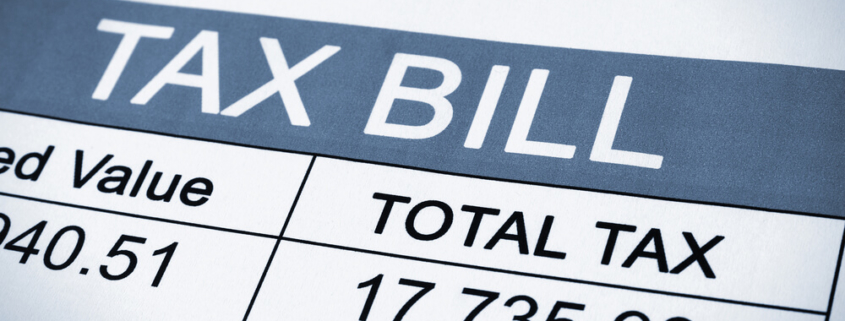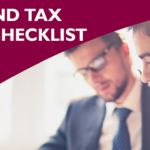IRS Waives Late Tax Payment Penalties
by Worry Free Tax & Accounting
The IRS recently announced tax penalty relief for taxpayers who didn’t pay enough of their 2018 federal income tax liability last year due to the changes in tax reform.
Penalty Relief Explained
Federal income tax works on a pay-as-you-go system. That means all taxpayers are required to pay their tax liability as they earn money throughout the year. Most traditional employees cover the majority of their income tax bill through their withholdings. Withholdings are the amount you elect to have withheld from your paycheck to cover your tax liability. The more withholdings you claim, the less tax you have withheld; the fewer withholdings you claim, the more tax you have withheld.
Self-employed individuals can keep up with paying their tax bill during the year through estimated tax payments. Those are paid quarterly. Individuals can also have taxes withheld from their pension payments.
Example
Let’s say your tax liability for the year was $15,000, and the tax withheld from your paychecks during the year only covered $12,750 of that total amount. Under the old rules, you likely would have to pay an underpayment penalty since you didn’t pay at least 90 percent your tax bill.
Under the newly adjusted rules, however, you would not receive an underpayment penalty because you paid at least 85 percent of the tax due. The tax penalty relief reduced the 90 percent threshold to 85 percent to create a buffer for taxpayers who unintentionally didn’t have quite enough tax withheld.
How to Request Tax Penalty Relief
You can request penalty relief by filing Form 2210, Underpayment of Estimated Tax by Individuals, Estates and Trusts, with your 2018 income tax return. Most DIY tax software solutions, like TaxAct, have Form 2210 embedded in their software to help you complete it accurately and get the relief you deserve.





